Since Real Madrid had last been eliminated from the Champions League, 1,393 days had passed. With a 2-1 first leg lead, it should have been simple for Real Madrid to see out their last 16 tie with Ajax. Instead, the Dutch side sprang a shock at the Estadio Santiago Bernabeu to inflict a first Champions League elimination in almost four years.
Hakim Ziyech struck early on the counter to strike fear into the hearts of Madridistas across the globe, only for their nightmares to become a reality when David Neres struck again on just 18 minutes to double Ajax’s lead and put them into a position to go through. As Real Madrid pushed for a goal, Dusan Tadic punished them with a wonderful strike to make it 3-0. Marco Asensio pulled one back, but Lasse Schone’s lobbed free-kick over Thibaut Courtois sentenced the tie for good.
Our tactical analysis will use statistics to identify what key points Real Madrid’s Santiago Solari can take from the game.
Lineups
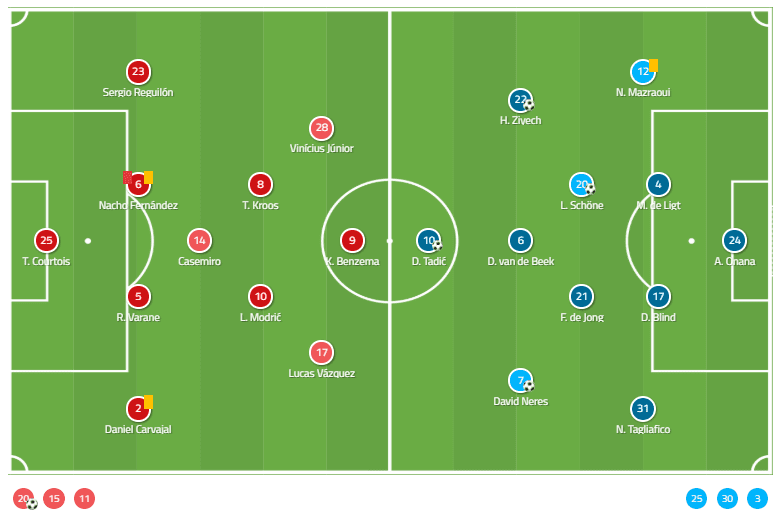
There were no surprises in either team’s selection on Tuesday evening. For Solari, the biggest challenge came from injuries to Vinicius Junior and Lucas Vazquez in the first half, rather than the self-inflicted suspension for Sergio Ramos which saw Nacho take his place in the heart of defence.
Ajax lined up as expected, with future Barcelona player Frenkie De Jong receiving a unique Estadio Santiago Bernabeu welcome.
An absent midfield
In our analysis of Saturday’s Clasico, we looked at how Real Madrid’s midfield was their downfall. Against Ajax, it was even more prominent. This time, the athleticism of the likes of De Jong saw them ease past the Real Madrid trio, with Luka Modric, Toni Kroos and Casemiro all looking fatigued and past their best.
They simply struggled to keep up with the pace of play and failed to read the game well enough, allowing the movement and quick passing play of the Dutch side to pull them around the pitch like puppets repeatedly. The clearest example came in Ajax’s second goal. With the side looking shaken, Solari needed his midfield to remain compact and resolute to restore confidence.
Instead, they cornered Tadic, trapping the Serbian between four players in seemingly the ideal scenario for Los Blancos, only to see him emerge the other side with acres of space and a clear passing channel to Neres. The Brazilian had outpaced both Modric and Vazquez down the flank.
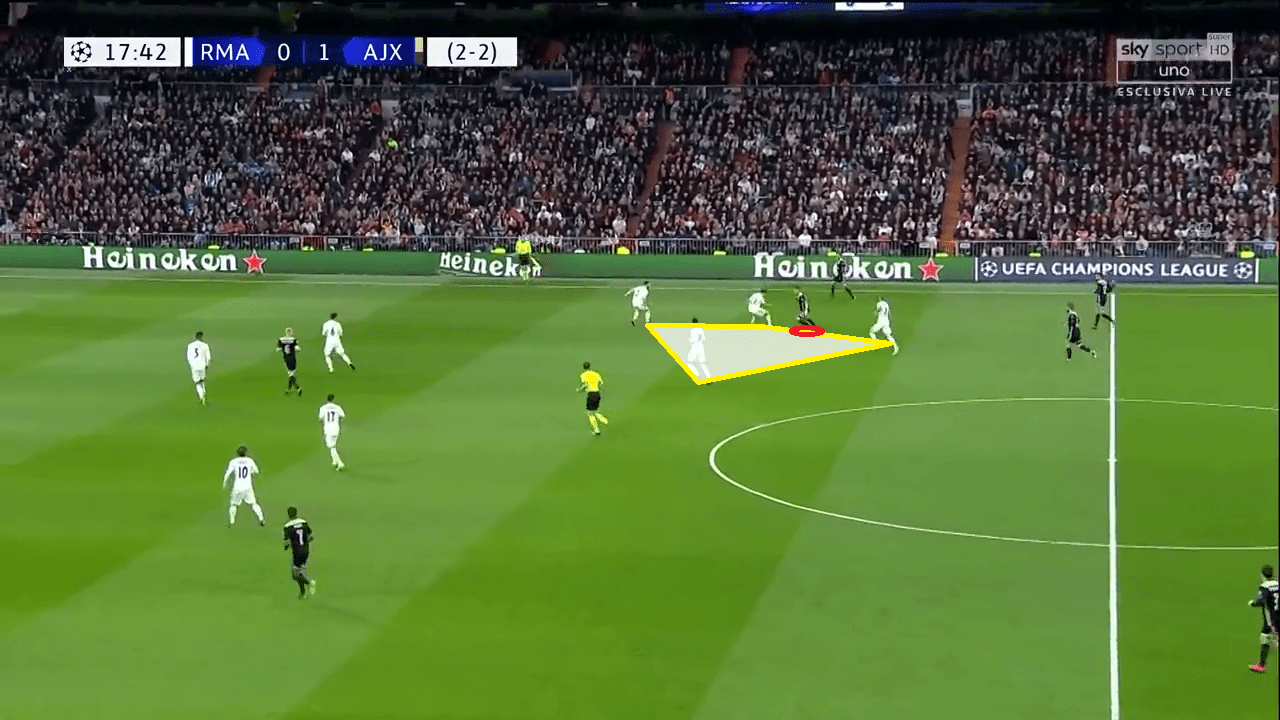
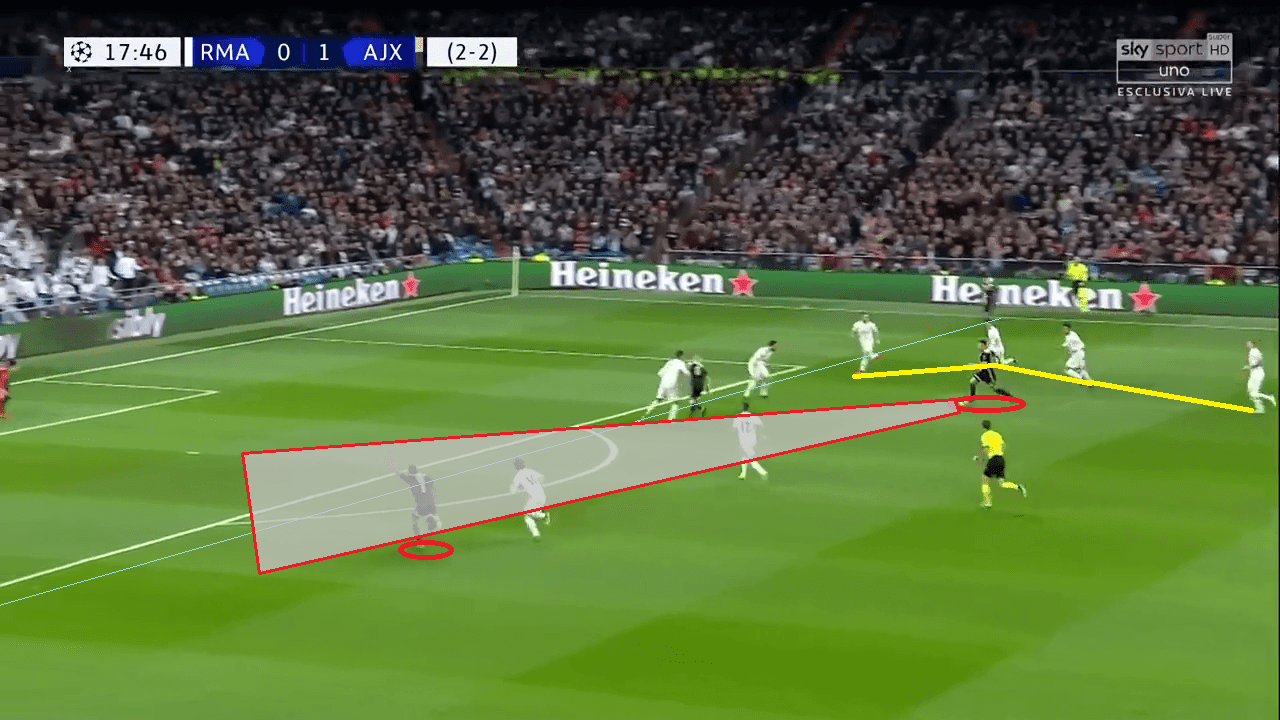
The solution was no clearer to Solari, who resorted to replacing Casemiro with Federico Valverde with only three minutes left on the clock. His decision to exile Isco and leave him in the stands becomes more baffling with every match.
Real are crying out for a player of his style, whilst the absence of players like Marcos Llorente through injury has never been more sorely felt. For the first time, it was clear that this midfield is one in need of a major refresh if Real Madrid are to compete for titles.
Nerves got the better of Real Madrid
For a team with such a wealth of experience in this competition playing at home to see out a first leg victory, it should have been a settled tie already. Ramos clearly thought so, anyway. Even in the earliest of stages, Real Madrid looked panicked and uncomfortable on the ball, winning just 33% of challenges, compared to 41% across the whole match, and playing 22% of all of their back passes in the first 15 minutes alone.
In the lead-up to the opening goal, Kroos was found under pressure from Ajax’s high press and lost possession needlessly, playing in Ajax to open the scoring. With the Real Madrid midfield slow to track back, with Casemiro and Modric in particular at walking pace, it allowed the Dutch team’s midfield runners to break free and isolate Raphael Varane, creating space for the late run into the box from Ziyech.
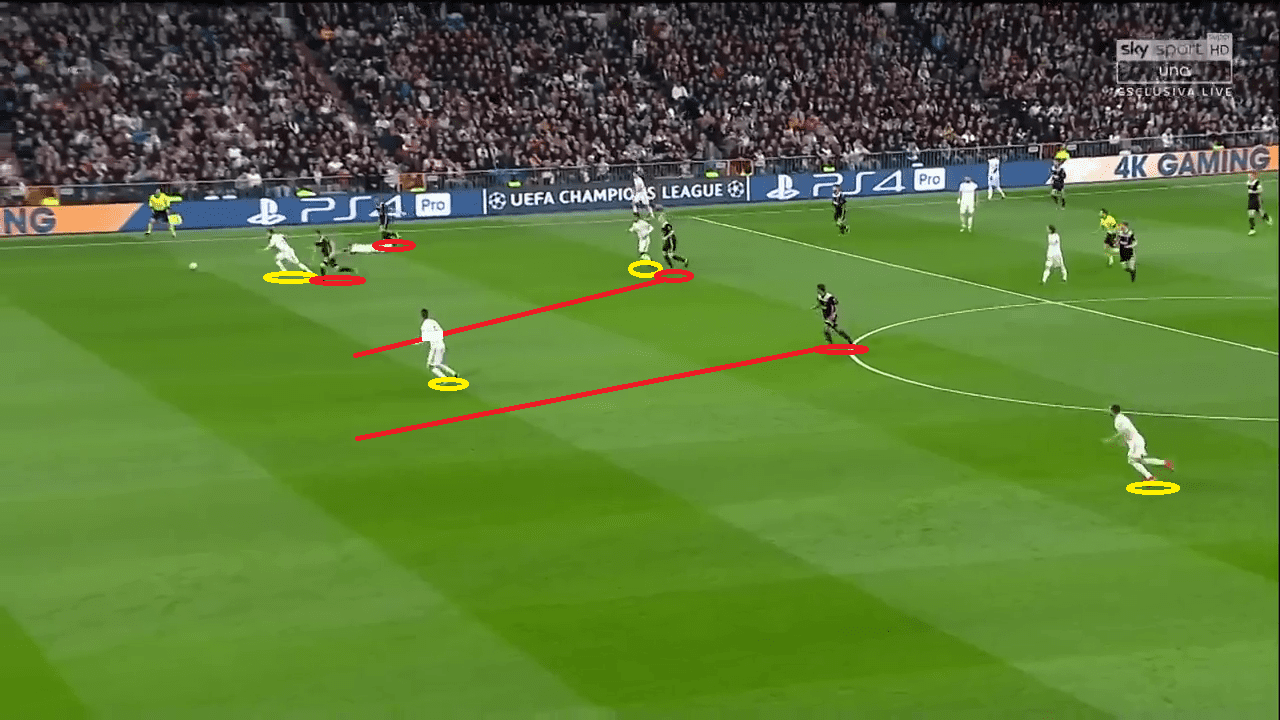
Following two back-to-back Clasico defeats, it is easy to see why Real Madrid may have been nervous or on edge. The Bernabeu atmosphere was tense, but it still serves as no excuse. Had Varane’s header moments before the opening goal have gone in, rather than hitting the woodwork, the game could have taken on an entirely different complexion. Instead, it allowed doubt to creep in and Madrid to lose control, despite dominating possession.
A failure to replace Sergio Ramos
In the first leg, Ramos controversially decided to get himself booked, leading to a one-game ban. A disciplinary panel would later extend it to two games, having ruled it intentional, but it posed an immediate problem for Solari. With doubts over Varane’s fitness, Nacho was selected alongside the Frenchman.
The number six would go on to be sent off for a second booking late on, with the tie already lost, but his fatal error came in the third goal. With Sergio Reguilon having been too slow to track back with his man, and with Nacho not having read the move quickly enough, he found himself rushing to the left to block Tadic. He moved just a yard or two too far and practically invited the Ajax man to cut back inside onto his preferred foot.
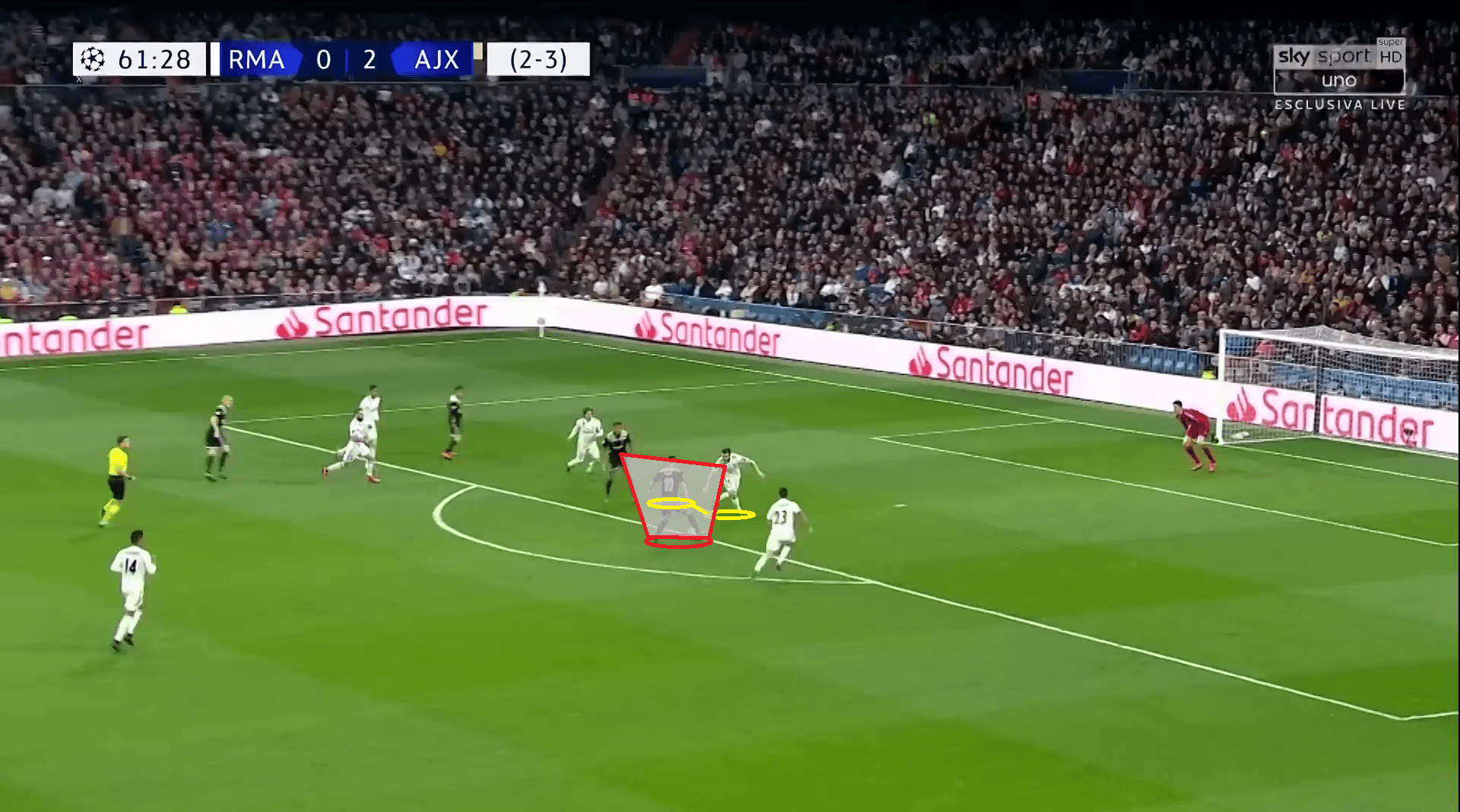
With little to no protection from midfield, the defence was exposed. Nacho was out of his most comfortable position playing on the left side of central defence alongside the inexperienced Reguilon. Few expected Ajax to be given such free rein, but it was clear that Ajax targeted the left flank of Real Madrid, with 45% of their xG coming from 10 attacks down that wing.
Disjointed attack
Few coaches in the world can anticipate losing two of their starting strikers to injury in the first half of a crucial game, even when there are warning signs following Solari’s stubborn refusal to rest or rotate Vinicius and Vazquez. That refusal is also partly behind why Real Madrid’s attack looked so disjointed after Gareth Bale and Asensio replaced the starting duo.
In fact, no other forward managed to reach double figures for passes with Karim Benzema in the game, despite the French number nine being the reference point in the middle throughout. With Bale on his preferred left for much of his time on the pitch, he started brightly but lacked the end product, quickly fading and ending the game injured.
This was his opportunity to be a star for his side as so many had hoped, but once again he found himself coming too deep looking for the ball. Whilst his three efforts on goal twice tested Andre Onana, with the other hitting the post, he never really disrupted the Ajax defence, amassing 0.35 xG throughout the three chances.
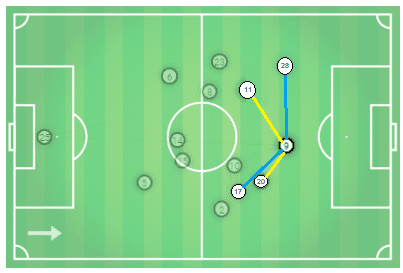
The lack of fluidity across the front three is no surprise given that they have played just 14 minutes together across two games since they last started together way back in mid-November for the defeat to Eibar. If Solari is insistent upon being so stubborn in his team selections, he must be prepared to throw players into the deep end like this and risk having a rusty attack. He paid the price given that it eventually happened just when he needed goals the most.
Conclusion
Real Madrid’s era of success has come to an end. There was no less dignified a way of showing it. This was humiliation on home turf, a fourth consecutive home defeat for the first time in decades. Players thought to be superstars were left looking like they were playing veterans football as Solari was out-thought tactically on the sidelines.
Ajax deserve their victory after a wonderful performance, but questions must be asked. With no cover for Ramos in defence, a midfield unable to keep up and a strikeforce of three men who looked like they’d never played together before, it was disastrous for Real Madrid. The season is over for Los Blancos, with securing Champions League qualification their only aim now. The summer promises to be one of change and transition as one of the greatest dynasties in European football comes to an end.
If you love tactical analysis, then you’ll love the digital magazines from totalfootballanalysis.com – a guaranteed 100+ pages of pure tactical analysis covering topics from the Premier League, Serie A, La Liga, Bundesliga and many, many more. Buy your copy of the February issue for just ₤4.99 here, or even better sign up for a ₤50 annual membership (12 monthly issues plus the annual review) right here.

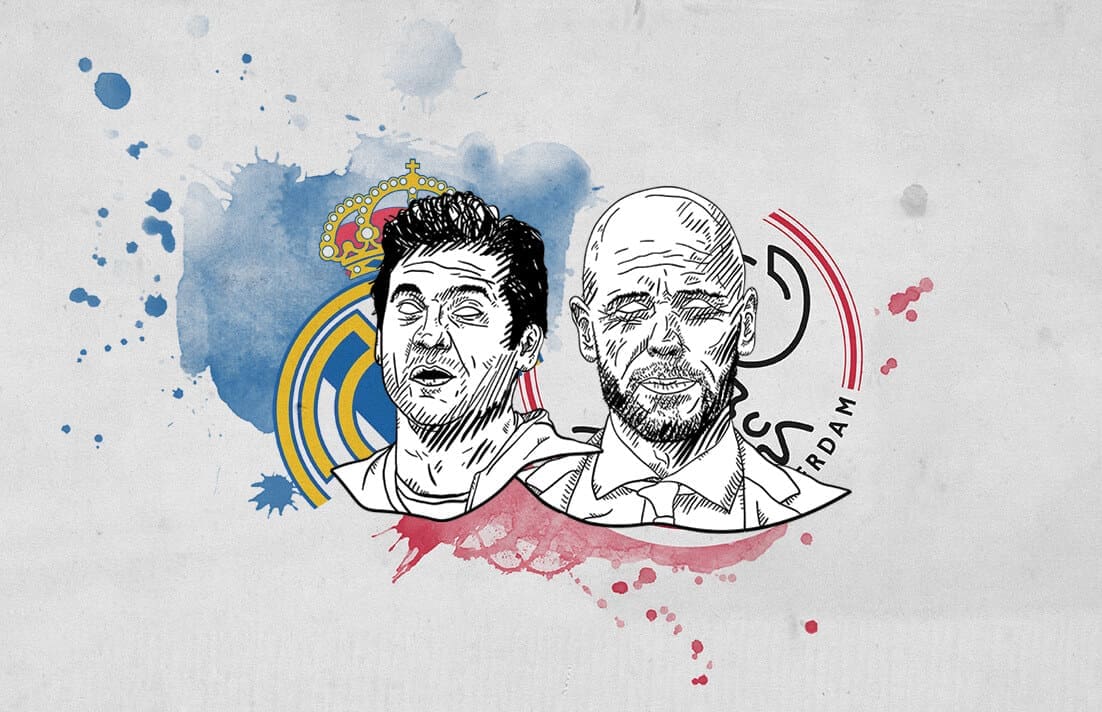



Comments